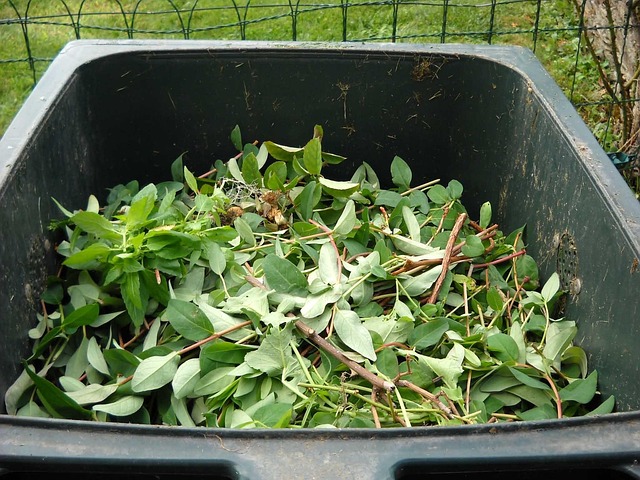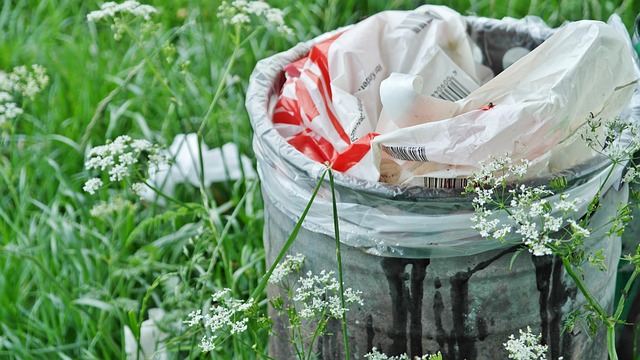Urban environmental sustainability has become a pressing concern as cities grow denser and climate change accelerates. One of the most accessible ways to address these challenges is by turning concrete jungles into living gardens. By integrating green spaces into the urban fabric, we can improve air quality, reduce heat islands, and foster biodiversity while giving residents a tangible connection to nature.
Why Urban Gardens Matter
When we talk about urban environmental sustainability, the role of gardens often gets overlooked in favor of high‑rise buildings and transportation infrastructure. Yet gardens are powerful tools that offer ecological, social, and economic benefits. They act as natural air filters, sequester carbon, and provide habitat corridors for pollinators. For city dwellers, a nearby garden can be a refuge that restores mental well‑being, encourages outdoor activity, and strengthens community ties.
In a climate where heat waves are becoming more frequent, gardens help regulate local temperature. The process of evapotranspiration—water release from plant leaves—creates a cooling effect that can lower ambient temperatures by several degrees. This phenomenon is crucial for mitigating the urban heat island effect, a major challenge in cities worldwide.
Types of Urban Gardens
Urban gardens come in many shapes and sizes. Each type offers unique advantages for sustainability and can be tailored to the constraints of city spaces.
- Vertical gardens – These bring greenery to walls and façades, freeing up ground space while providing insulation and moisture capture.
- Green roofs – Planted on rooftops, they improve building energy efficiency and create habitats for insects and birds.
- Pocket parks – Small, community‑managed plots that transform vacant lots into green hubs.
- Community gardens – Shared plots where residents grow food and flowers, fostering social cohesion.
- Pocket orchards – Small clusters of fruit trees that contribute to local food security and biodiversity.
Design Principles for Sustainable Urban Gardens
Creating a garden that supports urban environmental sustainability involves thoughtful planning. Below are key principles that guide designers and residents alike.
- Site assessment – Evaluate light exposure, soil quality, and microclimate conditions before planting.
- Water‑efficient irrigation – Use rain barrels, drip systems, and mulching to reduce water waste.
- Native plant selection – Choose species adapted to local conditions; they require less care and provide better habitat for native wildlife.
- Multi‑layered planting – Incorporate groundcovers, shrubs, and trees to create diverse ecosystems.
- Integrated pest management – Encourage beneficial insects and use organic methods to control pests.
- Community engagement – Involve local residents in decision‑making to ensure gardens meet community needs.
Plant Selection for Urban Resilience
Choosing the right plants is essential for maximizing ecological benefits and ensuring longevity. The following categories are particularly effective in urban settings.
- Pollinator‑friendly species – Plants such as lavender, marigold, and clover attract bees, butterflies, and other pollinators.
- Pollution‑tolerant foliage – Trees like willows and oaks can thrive in polluted air and absorb heavy metals.
- Shade‑tolerant groundcovers – Creeping thyme and sedum provide coverage where light is limited.
- Edible greens – Leafy vegetables, herbs, and root crops can provide fresh produce for local communities.
Water Management Strategies
Water is often a scarce resource in cities, making efficient water management a cornerstone of urban environmental sustainability.
Several techniques help reduce consumption while maintaining garden health:
- Rainwater harvesting – Collecting rain in barrels or cisterns for irrigation.
- Greywater reuse – Treating wastewater from sinks and showers for garden use.
- Soil improvement – Adding compost and organic matter enhances water retention.
- Permeable surfaces – Using permeable pavers and gravel to allow infiltration.
These practices lower the overall water footprint and demonstrate how a garden can be a model for responsible resource use.
Community Involvement and Education
Gardens that thrive often do so because they involve the people who will use them. Community participation brings social sustainability to the forefront.
Engagement can take many forms:
- Workshops on composting, seed saving, and native planting.
- Volunteer planting days that build neighborhood pride.
- School outreach programs where students manage a garden plot.
- Neighborhood councils that make decisions about garden design and maintenance.
“A garden is not just a patch of soil; it’s a place where knowledge, culture, and hope grow together.” – Community Garden Leader
Benefits for City Dwellers
Urban environmental sustainability is not only an ecological imperative; it also directly improves residents’ quality of life. Gardens offer tangible benefits such as:
- Enhanced mental health through exposure to nature.
- Improved air quality by filtering pollutants.
- Access to fresh, locally grown food.
- Reduced stormwater runoff, protecting local waterways.
- Educational opportunities for all ages.
Case Studies of Urban Garden Success
Across the globe, cities have harnessed the power of gardens to move toward greater urban environmental sustainability. While images cannot be shown here, the stories speak for themselves.
In a northern city, a 3‑acre urban farm on a former parking lot now produces 60% of the neighborhood’s vegetable supply and serves as a community hub for cooking classes and youth employment. In a coastal metropolis, a series of green roofs on municipal buildings have lowered energy consumption by 20% and created wetlands that support native bird species.
These examples illustrate how integrating green infrastructure can transform both the environment and the social fabric of cities.
Future Trends in Urban Gardening
The next wave of urban environmental sustainability will be shaped by technology, policy, and evolving community needs. Key trends include:
- Smart irrigation systems that use sensors to deliver precise amounts of water.
- Modular planting beds that can be reconfigured as neighborhoods change.
- Policy incentives such as tax credits for installing green roofs or community garden plots.
- Collaborations between tech firms and local governments to monitor air quality and biodiversity in real time.
- Increased emphasis on edible landscaping to bolster local food resilience.
Conclusion
Urban environmental sustainability is a multifaceted goal that demands cooperation between planners, scientists, and residents. Gardens sit at the intersection of ecological health, social well‑being, and economic resilience. By thoughtfully designing, planting, and managing urban gardens, cities can create green spaces that cool neighborhoods, purify air, and bring communities together.
When each block, roof, and vacant lot transforms into a living, breathing garden, the collective city becomes a healthier, more vibrant place for everyone. Embracing the green future is not just an aspiration; it is a practical, actionable path toward a sustainable urban world.



